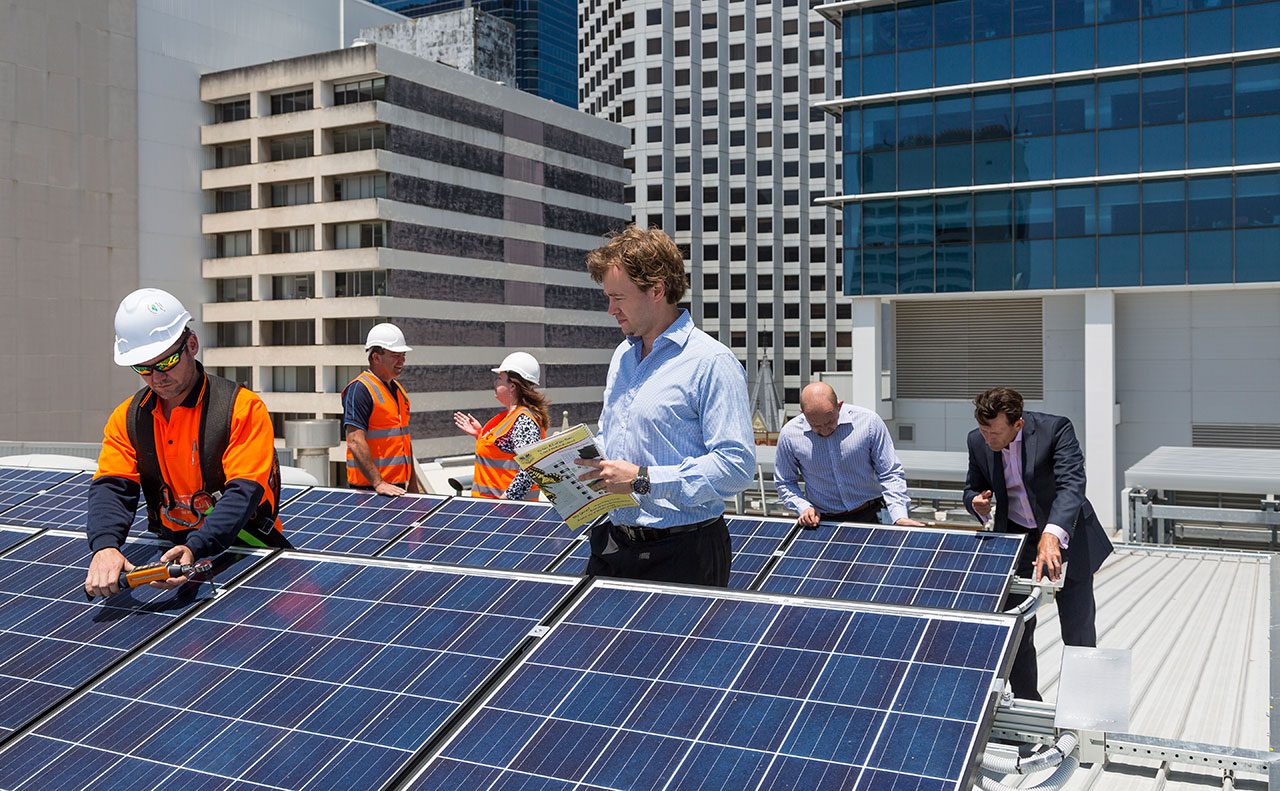This article is from the Australian Property Journal archive
LEADING green building rating system organisations including the Green Building Council of Australia (GBCA) have launched a guide to facilitate the $35 trillion investment needed to meet global energy transition goals.
The guide, Financing Transformation: A Guide to Green Building for Green Bonds and Green Loans, outlines how various building verification and certification standards can be used to comply with global classifications and bond frameworks to help the built environment meet 2030 goals and a sustainable 1.5°C climate threshold.
“By unlocking significant capital, we can drive the essential decarbonisation of our built environment despite the inherent challenges,” Gillian Charlesworth, CEO of BREEAM (BRE).
“This guide represents a monumental first step in coordinating a worldwide movement for green buildings, and we eagerly anticipate further collaboration to meet the challenge of climate change in the sector.”
The built environment makes up more than 30% of global energy use and more than 25% of all emissions, with data from last year reporting the global built environment is responsible for 37% of global energy-related greenhouse gas emissions and 20% of Australian emissions.
With the majority of existing buildings to still be in play in 2050, according to the International Energy Agency (IEA), large scale capital investments are needed to maintain these buildings with sustainable retrofits to move assets in line with climate targets.
With a report from 2022 finding ISPT’s decision to reposition 500 Bourke Street in the Melbourne CBD, rather than tearing it down will save 57,000 tonnes of carbon dioxide from just the one retrofitted asset, the equivalent to the annual carbon output of 2,400 typical Australian homes.
“The $35 trillion investment needed to meet global energy transition goals represents almost 10% of the value of global real estate – so we’re talking about investments on a gigantic scale,” said Davina Rooney, CEO at GBCA.
“The good news is that this guide demonstrates how working with any of the leading rating tools, whether it’s Green Star, LEED, BREEAM, Green Mark, HQE or NABERS, will ensure a better outcome for people, the planet, and your balance sheet.”
The guide is designed to close the gap between existing green finance instruments and industry understanding and uptake.
“This guide will bring us closer to a world where sustainable development is not just an option but a cornerstone of global economic activity,” said Yvonne Soh, executive director at the Singapore Green Building Council (SGBC).
“While meeting our global decarbonisation goals is an essential driver, investment in sustainable buildings and portfolios will also deliver measurable improvements to occupant health, community resilience and ecosystem restoration,” added Peter Templeton, president and CEO at the U.S. Green Building Council (USGBC).
The international alliance includes the UK-based Building Research Establishment (BRE), the Green Building Council of Australia (GBCA), the Singapore Green Building Council (SGBC), the U.S. Green Building Council (USGBC), and the Alliance HQE-GBC France.




